Related Podcast Episode
In the first two posts in this series, “Supporting Multilingual Learners with The Station Rotation Model” and “Differentiating Instruction for Multilingual Learners at the Teacher-Led Station,” we explored how the station rotation model can create flexible, responsive learning experiences for multilingual learners. We examined how the teacher-led station creates the time and space for educators to differentiate instruction, model strategies, guide practice, and provide real-time feedback for students with different needs, skills, and language proficiencies. In this post, we shift our focus to the online and offline stations where students will need to work independently or collaboratively while the teacher facilitates small-group instruction.
The Challenge: Language Barriers and Independent Tasks
For emerging multilingual learners, these stations present a unique challenge. Without intentional design, scaffolding, and the strategic use of technology, the online and offline tasks can feel inaccessible or overwhelming. Because students are still developing foundational vocabulary and language structures, they may struggle to follow directions, navigate tools, or understand the expectations of a task when working without direct guidance.
This leads to a tension many language teachers face: balancing the need for learner independence with the reality of language barriers. As a result, some teachers may default to whole-group instruction or keep students under their guidance at all times. While well-intentioned, this limits students’ opportunities to engage meaningfully, practice using their language with peers, and develop confidence in their abilities as both speakers and learners.
The reality is that multilingual learners can work independently and collaboratively when we design those learning experiences with the right supports in place.
The Opportunity: Building Confidence and Self-direction
If our goal is to help multilingual learners access content across all subject areas, we must teach them not only language skills but also how to learn. Similar to parenting, our role isn’t to do everything for them, but to provide them with enough support to try it themselves. Think about teaching a child how to tie their shoes or pack their backpacks for school. It takes modeling, practice, and reminders at first, but over time, they build the confidence, understanding, skills, and independence to do it on their own. The same is true when working with students.
This demands that we gradually develop their ability to:
- Understand directions and navigate instructions with less teacher direction.
- Use scaffolds and tools independently.
- Engage in peer-supported learning.
- Reflect on what is working and what is not.
- Persist through challenges using the resources available to them.
By designing online and offline stations with emerging multilingual learners in mind, we create structured opportunities for them to develop these skills in a safe and supportive environment. This includes onboarding them to specific tasks and instructional strategies as a group or at the teacher-led station and gradually releasing responsibility over to them. Over time, they become more self-directed, more confident, and more capable of using language to learn independently.
Creating a Bridge From the Teacher-led Station
The teacher-led station is not isolated from the rest of the rotation. It is the foundation. During this small-group time, teachers can:
- Preview vocabulary or sentence frames that students can use independently.
- Model how to use visuals, graphic organizers, online programs and tools, or task cards.
- Guide students in practicing the skills, processes, or steps required for an independent station activity.
- Build metacognitive awareness by guiding students in identifying the strategies and resources that support them when working independently.
When teachers view their teacher-led station as a primer or preparation for the independent stations, we can be proactive in providing students with the skills, scaffolds, and support they need to feel confident working on their own or with their peers.
Tips for Designing Accessible Stations for Multilingual Learners
To support multilingual learners and help them engage confidently with online and offline tasks, consider the following design principles.
#1 Use visuals and icons to support directions and tasks. For example, post a simple visual flow using icons and emojis to show students how to complete each step of the learning activity. Match each icon to a word or phrase and review them as a whole group or in the teacher-led station.
#2 Include sentence frames or models (video/audio) for speaking and listening tasks. For example, when students describe animals, provide a sentence frame like, “This is a _____. It can _____.” Additional supports might include a word bank with images of animals and a list of verbs, a video demonstrating an example, or an audio explanation of how to use the frame. It is also helpful to encourage students to practice with a partner before the task independently.
#3 Create task cards with step-by-step instructions. For example, create task cards with short, numbered steps (e.g., 1. Pick up a card. 2. Say the word. 3. Write the word in your notebook. 4. Draw a picture of the word.). AI can quickly create these step-by-step, visually-enhanced directions in seconds!
Image Generated with ChatGPT
#4 Build predictable routines students can transfer from station to station. For example, start each station with a routine, such as “Check & Chat,” so students know to check the visuals or icon-based instructions and discuss with a partner or the group to ensure they understand what to do before they begin. Reinforcing a consistent routine across stations that leverages peer support helps students begin the task more confidently.
#5 Prioritize student agency and meaningful choices. For example, offer students two different writing tasks connected to their lives (e.g., draw and label your favorite food or complete a series of sentence frames describing a place they’d like to go) or provide two pathways to complete a vocabulary review activity (e.g., draw a concept map using pictures and words or match words to images and complete sentence frames to explain the categories).
#6 Scaffold peer collaboration with clear roles and structured talking routines. For example, design paired speaking tasks and assign each partner (e.g., partners A and B) different roles, like reader and responder. Provide each student with a role card with sentence stems to guide their interactions. Or use a strategy, like talking chips, to encourage students to engage in an equitable conversation.
#7 Keep tasks focused and bite-sized to reduce cognitive overload. For example, instead of asking students to write a paragraph, start with a single sentence using a visual prompt and a sentence frame, like “This is a ____.” Then, build up to asking for additional details. Breaking tasks into smaller parts with clear models and supports also helps learners build confidence and complete tasks successfully without feeling overwhelmed or disengaging.
These design strategies help multilingual learners in the early stages of language development access and engage with tasks independently or with peer support. But independence doesn’t happen all at once. It develops over time through intentional scaffolding, modeling, practice, and support.
From Co-Regulated to Self-Directed
It’s essential to remember that independence and self-directed learning are the goals. Students in the early stages of language development often begin in a co-regulated state, where they rely heavily on the teacher or a peer for support and guidance. Our role as educators is to gradually release responsibility by establishing and maintaining clear expectations, routines, and cues that guide students toward more independence. This involves transitioning from shared tasks to independent ones, offering students more meaningful choices about how they complete tasks, and prompting them to reflect on the strategies that helped them succeed or stay focused.
Creating a psychologically safe learning environment and a class culture that celebrates risk-taking is essential to helping multilingual students build the confidence and skills they need to take ownership of their learning. When students feel safe to try, make mistakes, and persist, they are more willing to take the kinds of academic risks that lead to growth.
This environment also supports intrinsic motivation by meeting students’ core psychological needs of autonomy through meaningful choices and agency in the way they engage with tasks, competence through flexible scaffolds that help them feel confident navigating learning experiences, and relatedness through collaboration and supportive peer interactions that foster connection and feelings of belonging.
Wrap Up
Online and offline stations in a rotation should not feel like filler or downtime for multilingual learners. When designed with intention, these learning activities can provide students with meaningful opportunities to practice a range of literacy skills. And they can help us cultivate more self-directed learners who feel comfortable and confident navigating tasks.
What’s Next in This Series?
Part 4, “Cultivating Self-Regulated and Strategic Learners Over Time,” will explore metacognitive and reflective routines designed to help multilingual students become more self-regulated and strategic learners. We’ll explore strategies like setting goals, monitoring progress, advocating for their needs, and thinking about their learning.
This series is designed to make the station rotation model work effectively for multilingual learners, ensuring that instruction is inclusive, differentiated, flexible, and responsive to their unique needs.
If you want to delve deeper into designing inclusive, student-centered learning experiences, check out my new book, The Station Rotation Model and UDL: Elevate Tier 1 Instruction and Cultivate Learner Agency. This book guides teachers in using the station rotation model to put Universal Design for Learning (UDL) into action in their classrooms, making learning more accessible, engaging, and effective for all students.
The Station Rotation Model and UDL: Elevate Tier I Instruction and Cultivate Learner Agency is available now! I’d love for you to check it out, share it with a colleague, and let me know what resonates most with you. If you have any questions about the book, please post a comment!
School leaders interested in using the book for a staff-wide study can place a discounted bulk order for 10 or more copies. If you and your teachers need additional support, I offer customized professional learning that is hands-on, practice-based, and tailored to your team’s needs. Together, we can support your teachers in developing their UDL practice, differentiating instruction more effectively, and elevating Tier 1 instruction. We can even utilize the Station Rotation Model to create space for Tier 2 support and Tier 3 intervention within general education classrooms. And we can explore how this model can help us position students as active agents leading their learning!


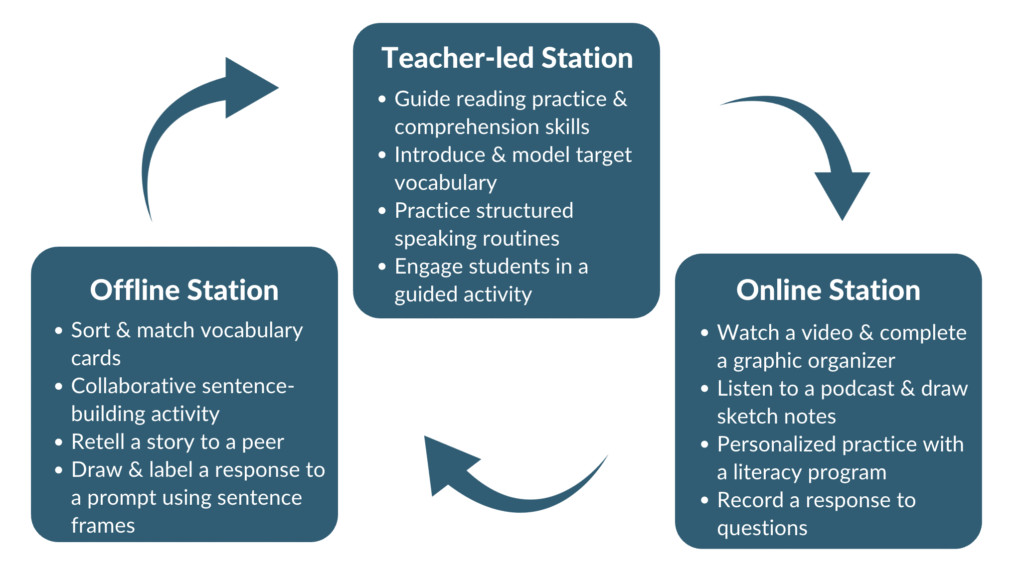

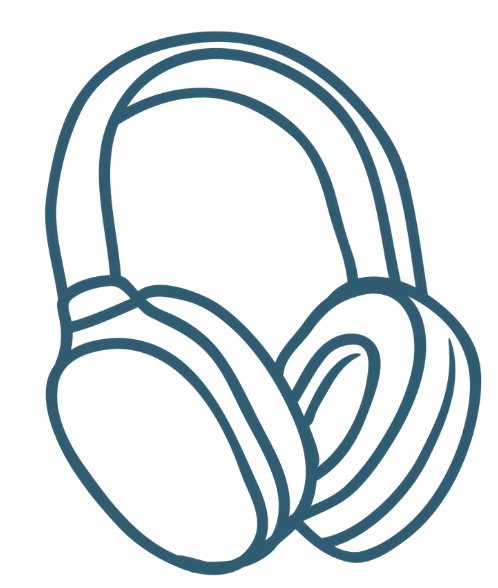
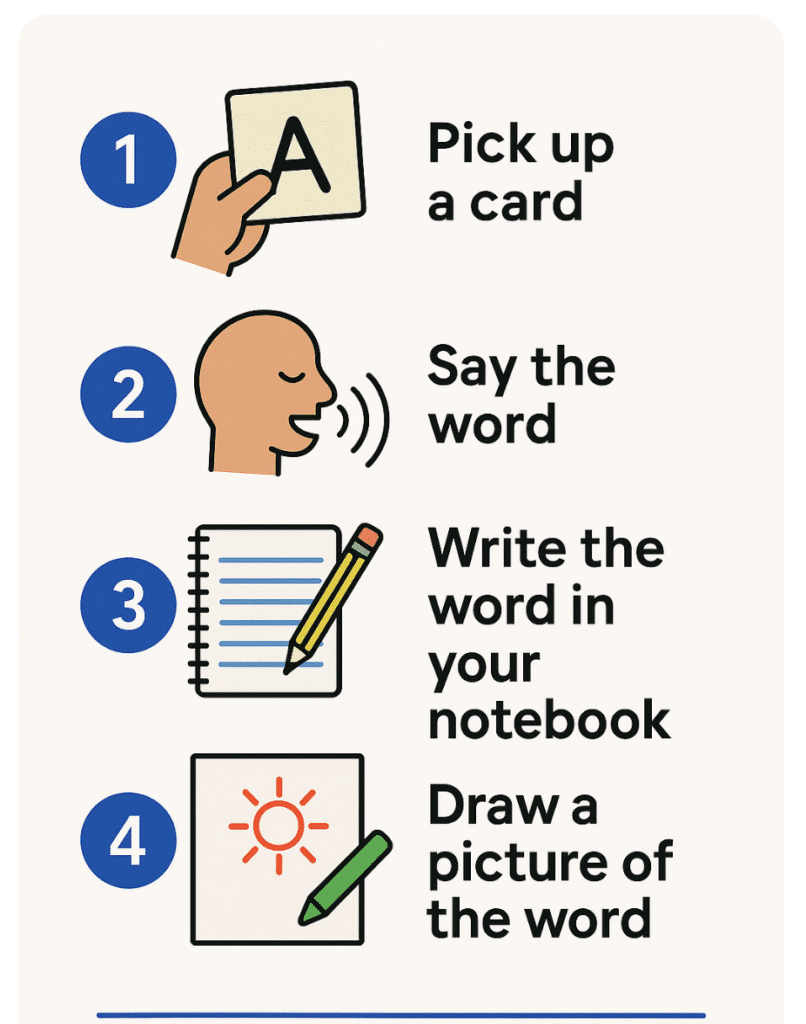
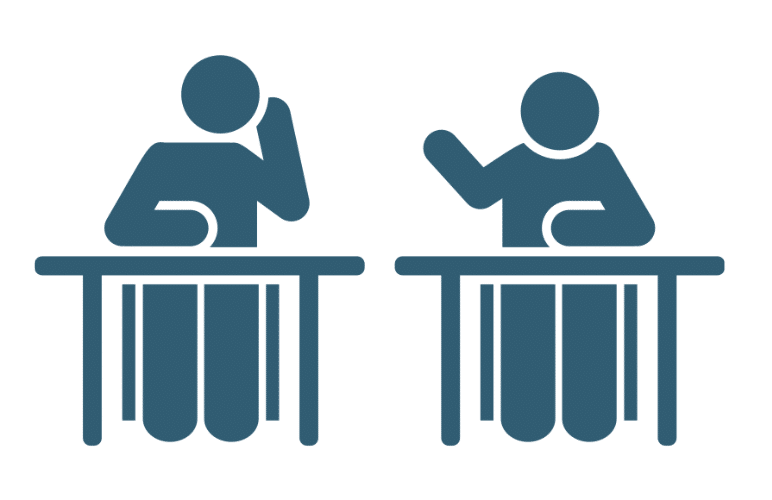
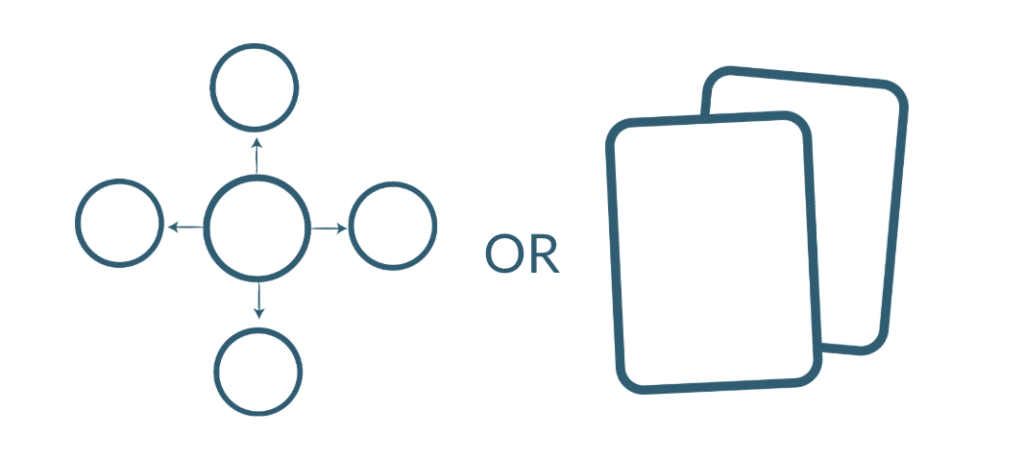

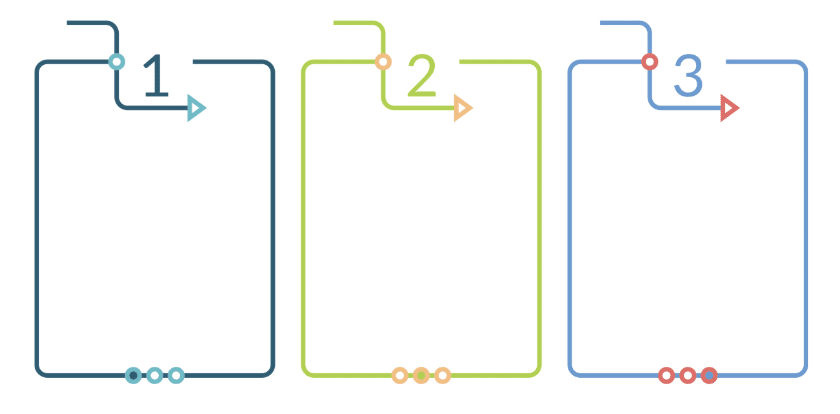
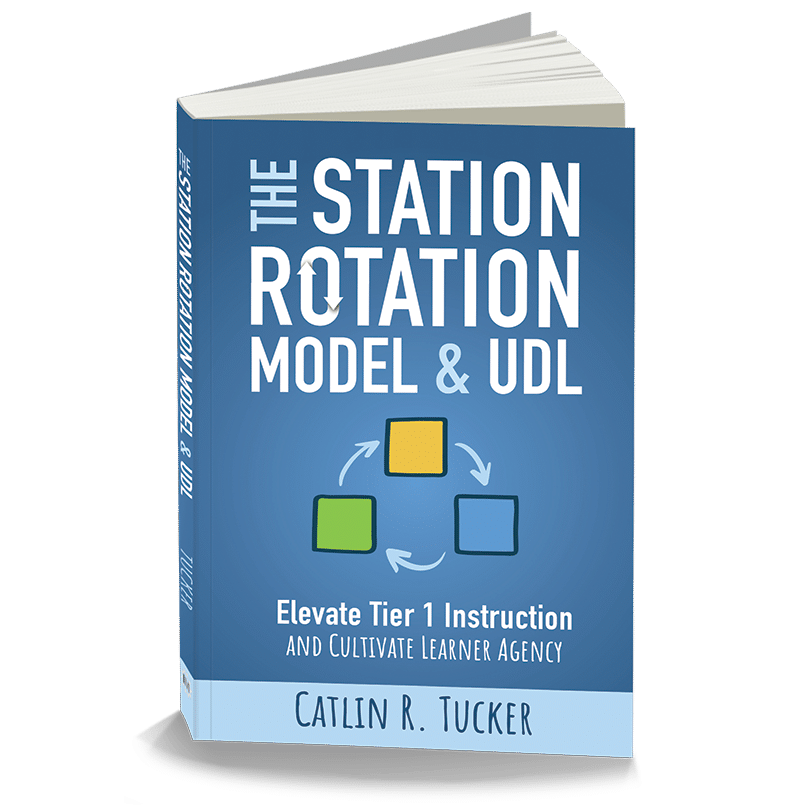
No responses yet